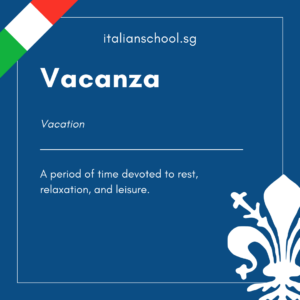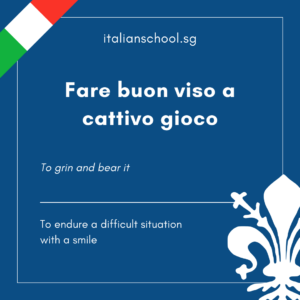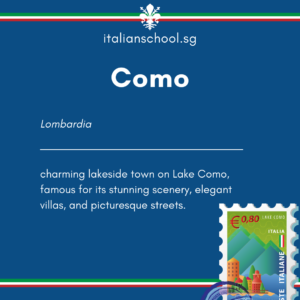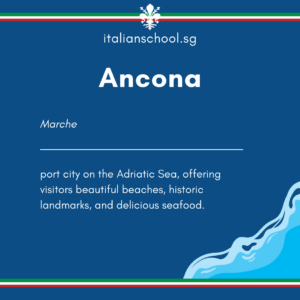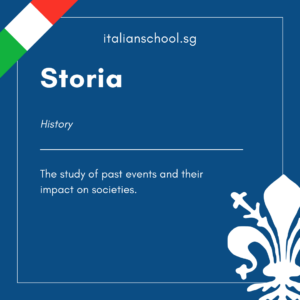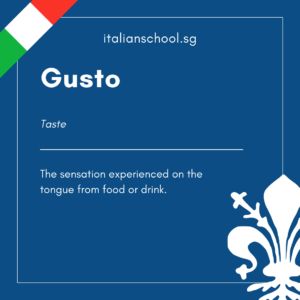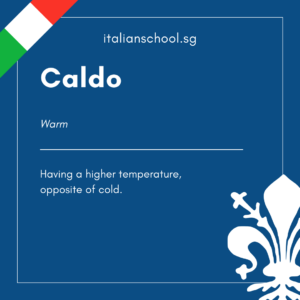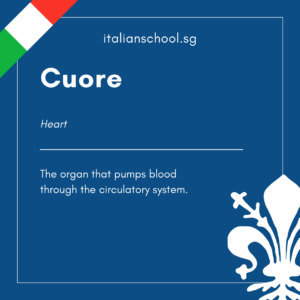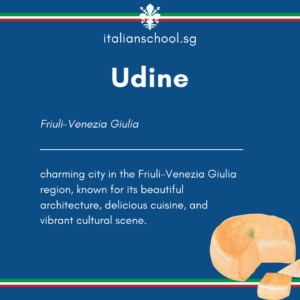Italian quotes about love - "L'amore è come un sole che illumina ogni angolo dell'anima."
Tag: italy
Italian Word of the Day! – Vacanza
Vacation: A period of time devoted to rest, relaxation, and leisure.
Italian Idiom of the Day! – Fare buon viso a cattivo gioco
Italian Idiom of the Day!: Fare buon viso a cattivo gioco
Italian Word of the Day! – Storia
History: The study of past events and their impact on societies.
Italian quotes about love – “L’amore è come un libro: bisogna leggerlo con attenzione per capirne il valore.”
Italian quotes about love - "L'amore è come un libro: bisogna leggerlo con attenzione per capirne il valore."
Vinitaly 2024: celebrating Italian Excellence
Vinitaly serves as a platform for vintners to showcase their latest vintages, innovative techniques, and diverse varietals.
Italian Word of the Day! – Gusto
Taste: The sensation experienced on the tongue from food or drink.
Italian Word of the Day! – Foresta
Forest: A large area covered chiefly with trees and undergrowth.
Italian quotes about love – “L’amore è una catena che lega due anime.”
Italian quotes about love - "L'amore è una catena che lega due anime."
Italian Word of the Day! – Cuore
Heart: The organ that pumps blood through the circulatory system.
Italian quotes about love – “L’amore è una medicina che guarisce ogni ferita.”
Italian quotes about love - "L'amore è una medicina che guarisce ogni ferita."


